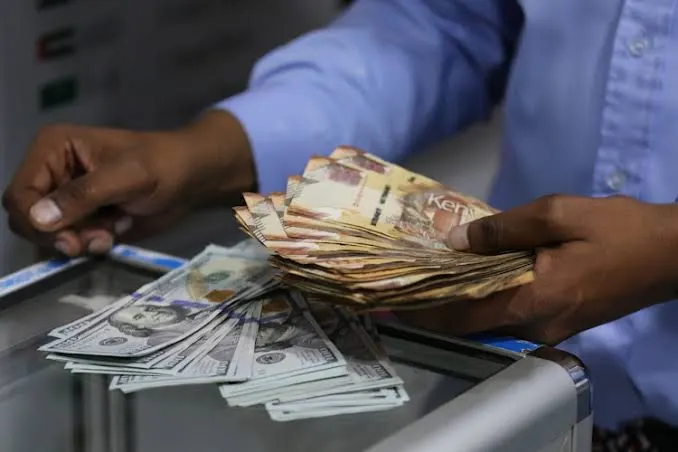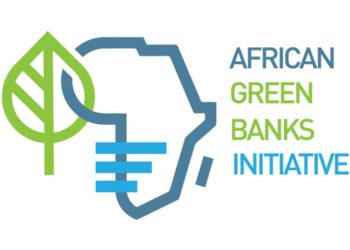The Kenyan shilling exhibited a noteworthy surge, recording a 1.8% gain against the US dollar. This marks the fifth consecutive day of positive growth, establishing a historic high not observed since 2021.
This reversal signifies the conclusion of a recent downward spiral, notably witnessed in December 2023, when the shilling experienced a substantial 21% decline. The newfound strength in the currency is poised to benefit importers, who can now anticipate reduced expenditure on imports.
The resurgence of the local currency is attributed to the upswing in both tourism and diaspora remittances. Kenya’s tourism sector is on the cusp of a significant achievement, with projections indicating growth in 2024. Having generated Ksh333 billion in 2023, the sector is anticipated to further expand this year.
Similarly, Kenyans residing abroad have escalated their remittance contributions, with a notable increase in funds being sent back home. President William Ruto’s administration places a strategic emphasis on leveraging the diaspora workforce as a means to stabilize the shilling. In pursuit of this strategy, the government has actively facilitated the deployment of casual laborers to various countries worldwide, with the aim of augmenting remittances.
Reports suggest that the stability of the shilling has resulted in a boost to export earnings. Notably, the shilling exhibited significant gains in December 2020, during the pandemic era, and maintained this positive trajectory into 2021, achieving a 1.46% appreciation against the dollar.
An economist cautioned against prematurely labeling this as a trend, emphasizing the short-term benefits accruing to importers from the present stability of the local currency.
In mid-January of the current year, the shilling experienced a notable decline, reaching an all-time low after surpassing the 160-unit mark against the dollar. The depreciation was attributed to escalating external debt service obligations, coupled with a surge in import bills.

















